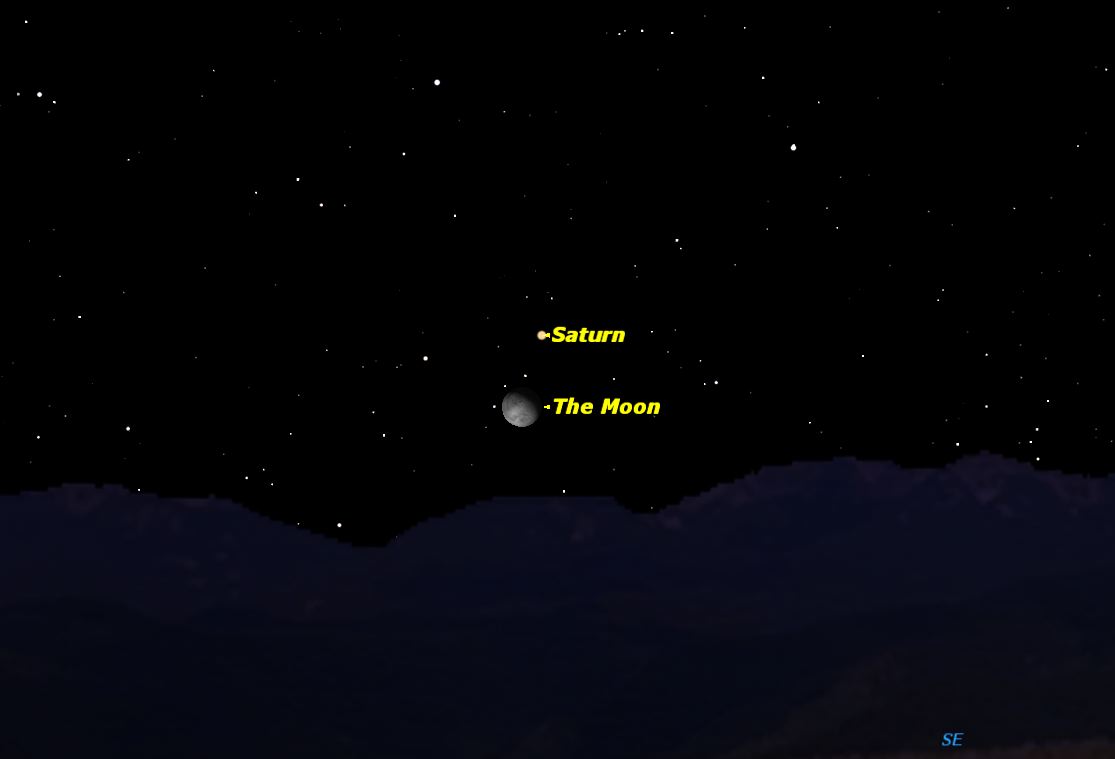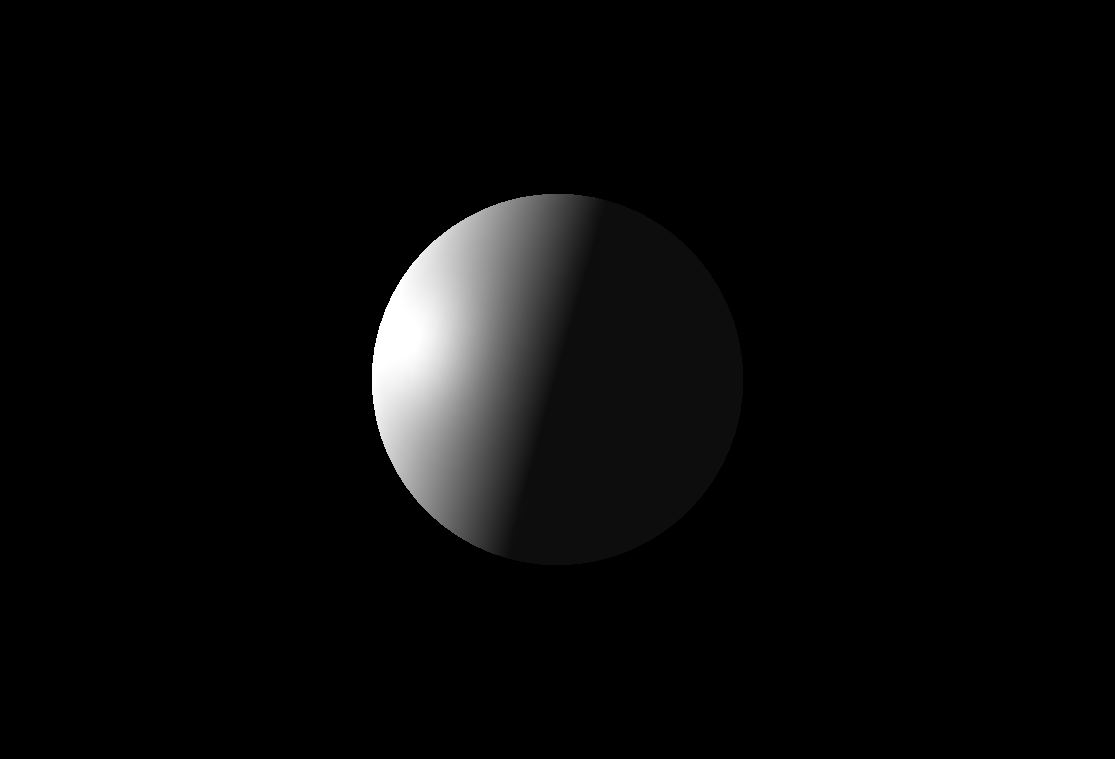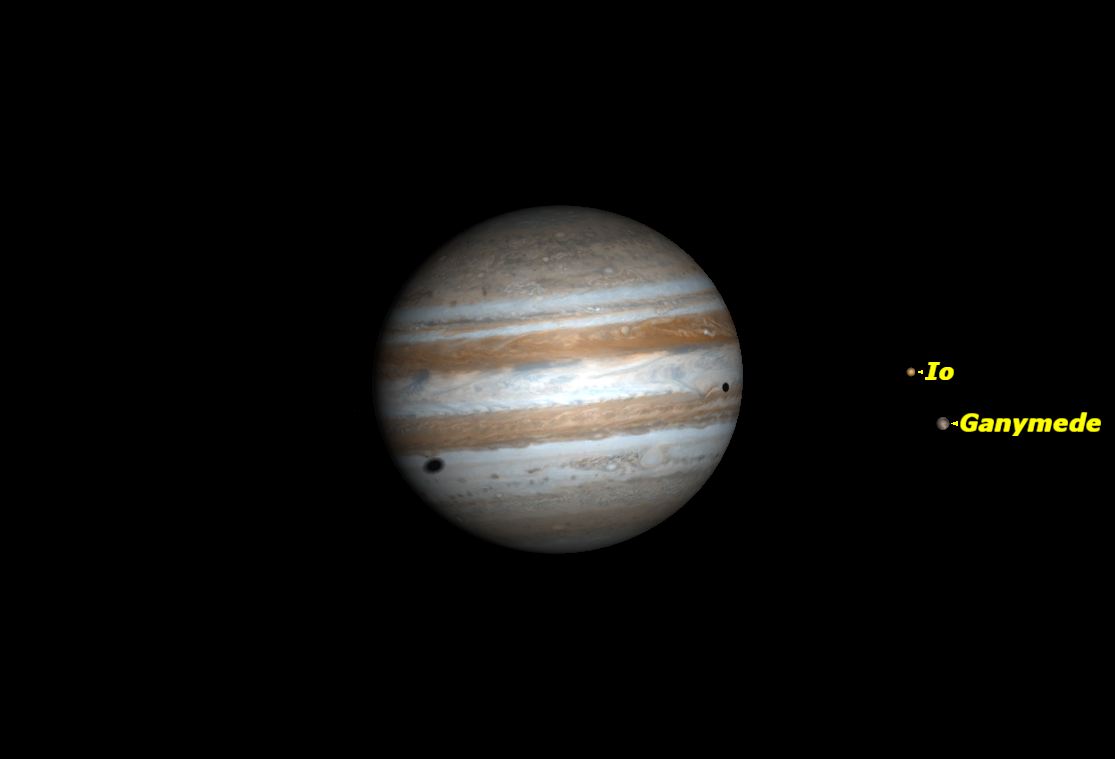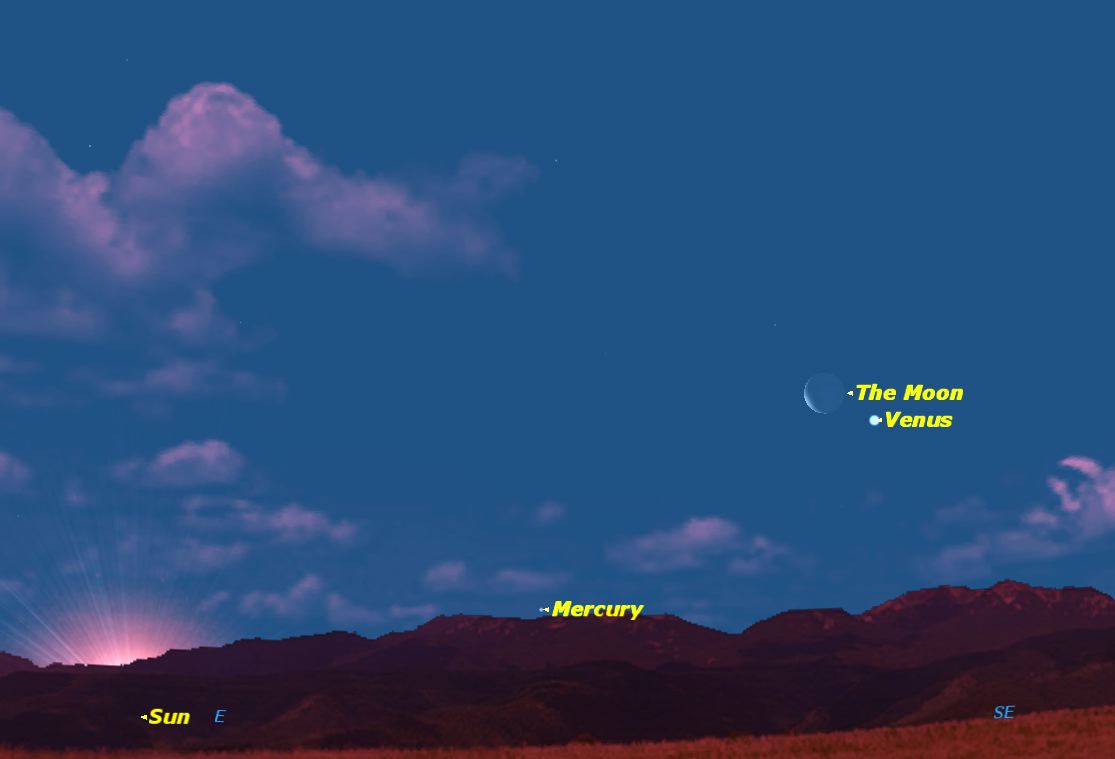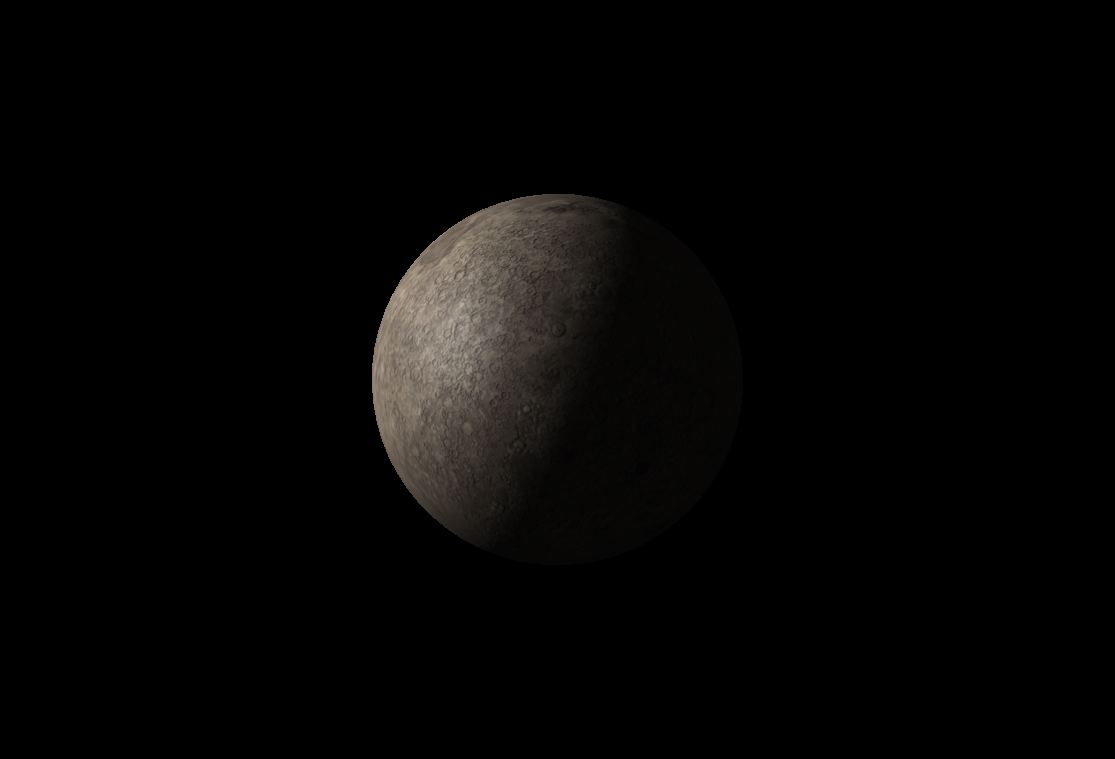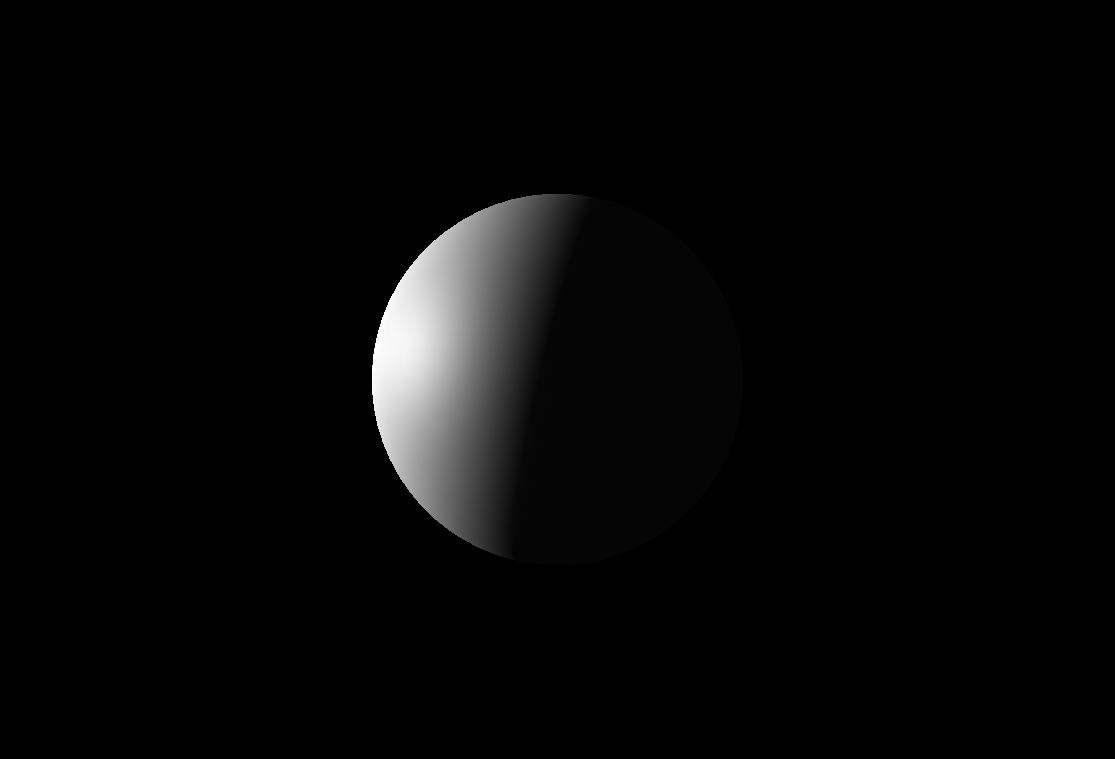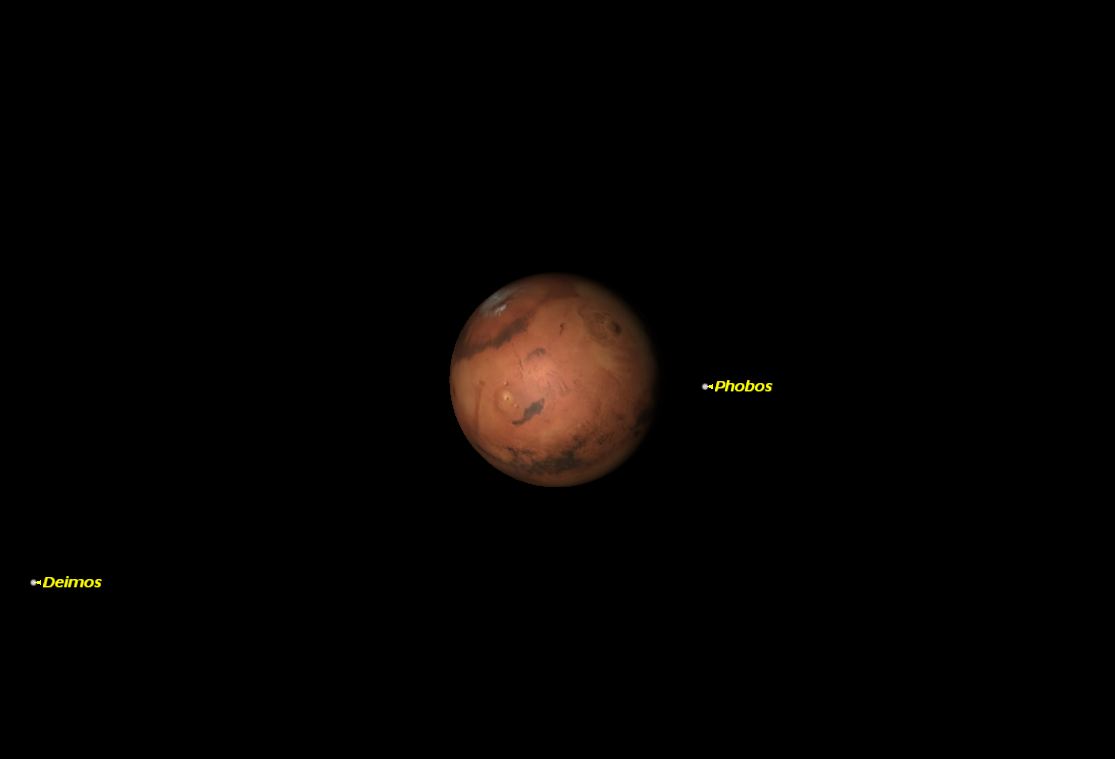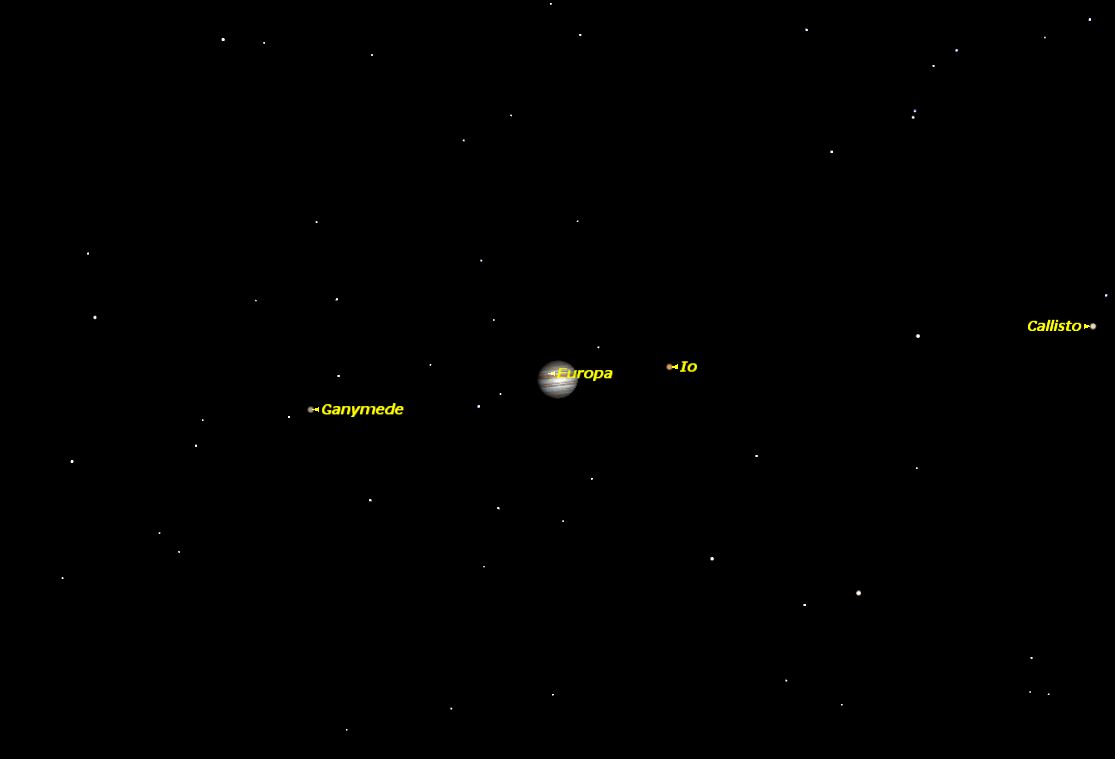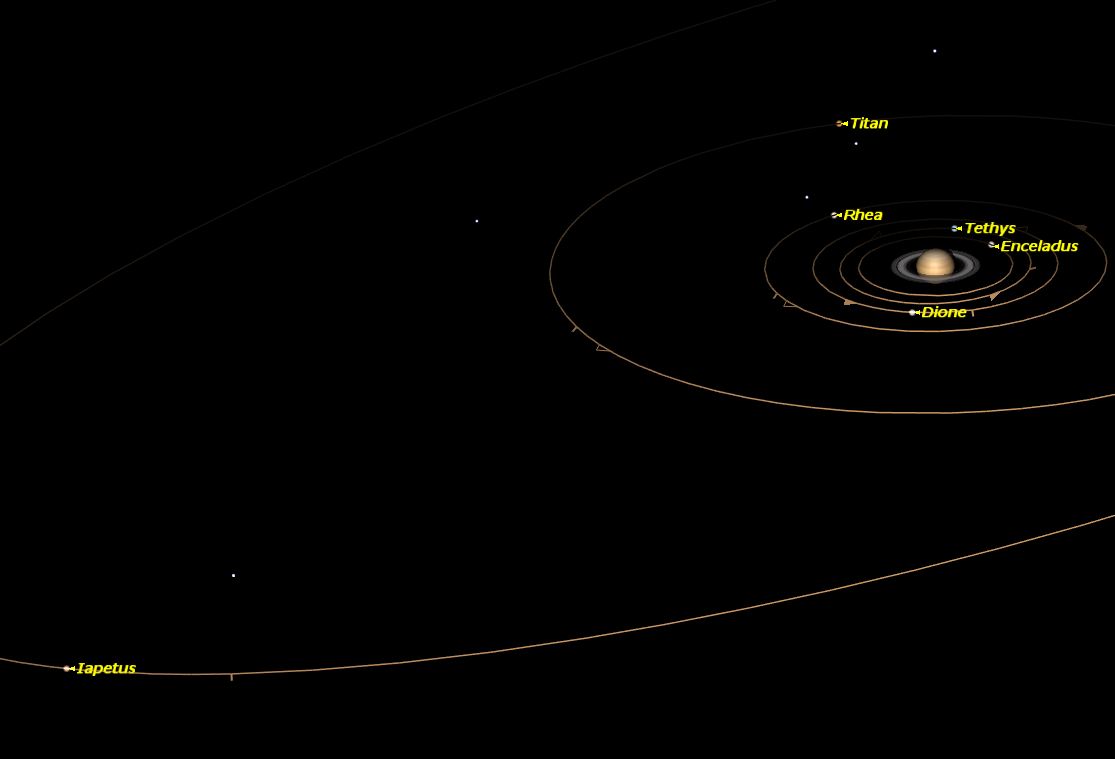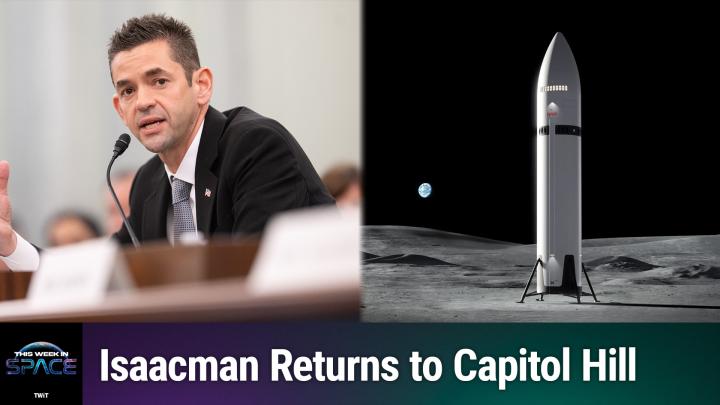Best Night Sky Events of March 2014: Stargazing Sky Maps (Gallery)
Saturn and the Moon, March 2014
Thursday, March 20, midnight. Saturn and the moon rise together just before midnight in the southeastern sky. Earlier in the day, the moon occulted Saturn as seen from northeastern South America, southern Africa, and Madagascar.
Venus at Greatest Elongation West, March 2014
Saturday, March 22, 4 p.m. EDT. Venus will be at its farthest westward from the sun, which means that it will also be in perfect “half-moon” phase, lit exactly from its left side.
Double Shadow Transit on Jupiter, March 2014
Sunday, March 23, 10:08 p.m.–10:32 p.m. EDT. The shadows of two of Jupiter’s moons, Io and Ganymede, will cross Jupiter’s face simultaneously, visible to observers all across North America.
The Moon Close to Venus, March 2014
Thursday, March 27, sunrise. The slender crescent moon will be just to the left of Venus, which will appear as a miniature crescent in small telescopes.
Mercury, March 2014
Mercury is well placed in the morning sky for observers in the southern hemisphere for most of March.
Venus, March 2014
Venus is now a “morning star,” rising in the east just before the sun. It reaches greatest elongation west on March 22.
Mars, March 2014
Mars is continues to brighten close to Spica in Virgo. It rises in the east in mid-evening and is visible the rest of the night.
Breaking space news, the latest updates on rocket launches, skywatching events and more!
Jupiter, March 2014
Jupiter shines brightly in the south most of the night. The Great Red Spot is easier to see than in many recent years, showing a distinct orange color.
Saturn, March 2014
Saturn rises in the eastern sky around midnight in the constellation Libra.

Space.com is the premier source of space exploration, innovation and astronomy news, chronicling (and celebrating) humanity's ongoing expansion across the final frontier. Originally founded in 1999, Space.com is, and always has been, the passion of writers and editors who are space fans and also trained journalists. Our current news team consists of Editor-in-Chief Tariq Malik; Editor Hanneke Weitering, Senior Space Writer Mike Wall; Senior Writer Meghan Bartels; Senior Writer Chelsea Gohd, Senior Writer Tereza Pultarova and Staff Writer Alexander Cox, focusing on e-commerce. Senior Producer Steve Spaleta oversees our space videos, with Diana Whitcroft as our Social Media Editor.
